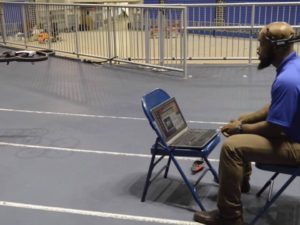
While other brilliant minds like Stephen Hawking and Elon Musk have warned against the rise of artificial intelligence, Ray Kurzweil, famed inventor and futurist, and currently also Google’s director of engineering, is taking a vastly different approach to technological innovations on the AI front. In fact, according to Kurzweil, humans will be artificially intelligent by 2030, making us half-homo sapien, half-computer. On June 3 at the Exponential Finance conference, Kurzweil predicted, “Our thinking then will be a hybrid of biological and non-biological thinking. We’re going to gradually merge and enhance ourselves. In my view, that’s the nature of being human – we transcend our limitations.” In just 15 years, Kurzweil believes, the human brain will become a hybrid of biology and technology, and we will “put gateways to the cloud in our brains.” And as the cloud becomes more and more advanced and is able to store increasing amounts of information, so too will our brains. By the late 2030’s or early 2040’s, Kurzweil said, the majority of brain function, at least in terms of information processing and thought processes, will be non-biological. Watch video …






